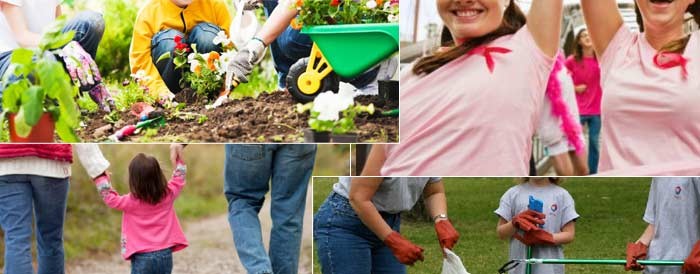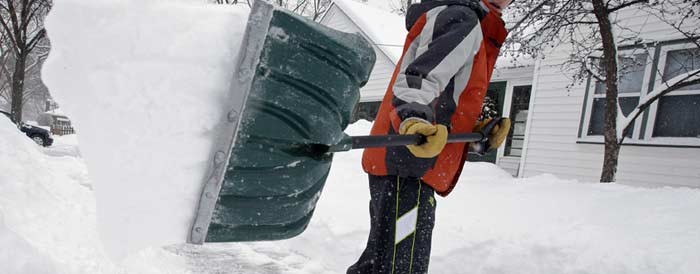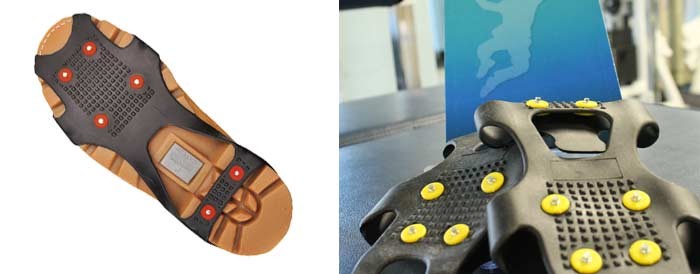Physiotherapy Articles
Living Well After A Stroke
The number of people having a stroke in Canada is increasing each year and it’s not just the elderly who are at risk. In practice we are seeing more and more young people surviving a stroke. Some stroke statistics:
- Every seven minutes a Canadian dies of heart disease or stroke;
- 80% of Canadians have at least one of the risk factors for heart and/or vascular disease;
- In 2009, about 315,000 Canadians living in the community reported that they had suffered from the effects of a stroke.
1. WHAT IS A STROKE?
Stroke is a “brain attack” caused by a disturbance of the blood supply to the brain.
2. TYPES OF STROKE
There are two main types of stroke. ISCHAEMIC STROKE is the most common. It’s caused by a clot narrowing, or blocking blood vessels so that the blood cannot reach a particular area of the brain. The lack of oxygen supply leads to the death of brain cells. HAEMORRHAGIC STROKE occurs when a weakened blood vessel in the brain bursts. This produces bleeding in the brain and therefore, damage. Sometimes surgery is necessary in these cases. MINI STROKE – also known as TIA (TRANSIENT ISCHAEMIC ATTACK) – is similar to a stroke and has the same signs, but gets better within 24 hours. However, it must be seen as a warning sign of a more serious stroke in the future and must also be treated as a medical emergency.
3. SIGNS AND SYMPTOMS OF A STROKE
By being aware of the signs and symptoms of a stroke, you could save the life of a family member, a friend or someone in your community. ACT F.A.S.T!
FACE – can the person smile? Is one side of the face drooping?
ARMS – can the person raise both arms?
SPEECH – is their speech slurred?
TIME – time to call 911 right away if you see any one of these signs.
Act FAST because the quicker you act, the more completely the person may be able to recover!
4. RISK FACTORS
Medical conditions: high blood pressure, high cholesterol, atrial fibrillation, diabetes.Lifestyle: smoking, physical inactivity, being overweight, poor diet, stress.
5. WHAT HAPPENS AFTER A STROKE?
Depending on the area of the brain affected and the type of stroke, patients will have different results. The most common physical effect, and the one best known to the public, is decreased mobility of one side of the body. As with any brain injury, patients will present generalized fatigue and decreased ability to cope with everyday activities. Patients may also have speech and cognitive impairments that can be addressed in a multidisciplinary treatment approach.
6. HOW CAN A PHYSIOTHERAPIST HELP A STROKE SURVIVOR?
Physiotherapy looks at the physical aspects of health. A Registered Physiotherapist can help stroke survivors increase their mobility, independence and overall endurance. A Registered Physiotherapist will perform a complete assessment to understand the impairments and functional mobility status and will tailor a rehabilitation program. Reducing the risk of falls, and making the person safer and able to move independently, are primary goals after a stroke. We can help you to live well!
Clean Up Your Family Fitness Routine for Spring
The weather is starting to warm up, once again making it more enjoyable to spend time outdoors. Some of you have been tough enough to brave the cold and enjoy the outdoor activities but for those less tolerant of the sub-degree temperatures, it’s time to start taking advantage of the thaw. Here are a few simple ideas that can offer you some family fitness while also enjoying a little time with loved ones. So go outside and PLAY!
Hike/Bike
The trails are re-emerging now that the snow is disappearing. Take the family for a walk or a bike ride to re-discover spring. Enjoy the early stages of the grass going green and maybe play a game of “spot the new buds” that are starting to pop out. A hike or bike ride will provide some benefits like building endurance, strengthening legs, and improving cardiovascular fitness for the entire family.
Join a Local Park Cleanup
When you and the rest of the family volunteer for a park cleanup you’ll make a difference in your community. And you’ll enjoy the added benefit of getting some exercise and enjoying plenty of sun (which equals a nice dose of vit D).
Find a Walking Group
Find a local walking group. Almost every community has one. You and your family might just discover some new places that are off the beaten track. The kids will feel like explorers. And the fresh air will do wonders for everyone’s lungs while the movement builds your legs and heart health – and you’ll burn a few calories that can take away from your bottom-line (literally).
Participate in a Run for Charity
Spring is a popular time for local charity events that promote walking, running or cycling. You’ll be helping a causing, meeting new people and staying active. It’s a great way to improve your cardiovascular fitness because you’ll be moving with the crowd and likely doing more and going further than you would on your own.
Start a Garden
Gardening is always fun for little ones. Not only do they love getting dirty but they bask in the anticipation of the waiting for the seeds to grow. The benefits of gardening are tenfold because it’s never just a one-time activity – you have to keep going back for more. Whether it’s to maintain (or weed), watering, harvesting or checking out the progress for curiosity sake – you’ll return to your garden very regularly. Each visit to your garden is equal to the same amount of time away from your couch!!
So spring up and GO!!
Spring/Summer Running
Spring is here –time to follow-up on all of your New Year’s resolutions and dust off your sneakers!
Before we know it, summer will be upon us and the heat we’ve be yearning for all winter will finally be here.
Be sure to prepare for the summer conditions to ensure you succeed with all your summer running goals.
PRE-RUN:
- Monitor the weather forecast. Note the UV index to reduce your risk of harmful overexposure to radiation. In addition, pay attention to the Humidex as it incorporates both humidity and temperature. As a general rule with both indexes, the higher the number, the greater the need to exercise caution.
- Dress appropriately. “Cotton is rotten”, or so they say. Technical or quick-dry clothing are best, as they are lightweight, offer warmth without bulk and have effective properties to remove moisture away from the skin. Use the “Rule of 10” as a guide in choosing those layers -dress for temperatures 10 degrees warmer than that listed. To avoid overheating, you should feel cool as you head outdoors –you’ll feel warm within 10-15 minutes after starting of your run. Don’t forget important accessories such as a running hat or visor, in addition to sport sunglasses.
- Protect your feet. Check for tears and/or wear patterns on your shoes. The cushioning foam becomes compressed and/or breaks down after continued impact, resulting in reduced shock absorption. If you can’t remember the last time you purchased a new pair of shoes though, chances are, you need to go shopping! Running shoes should be replaced approximately every 800 kms.
- Run safe. Run with a buddy or, if you plan to run alone, notify others of your route and your expected departure and return times. Run in a series of loops and have a designated turn-around point should you need to cut your run short or seek shelter. Always run with identification and carry a cell phone in the event of an emergency.
MID-RUN:
- Monitor for early signs of heatstroke. This is the most serious heat-related illness. Prolonged exposure to high temperatures results in an elevated core temperature. This then causes a series of symptoms ranging from nausea, seizures, confusion, disorientation and sometimes loss of consciousness. In extreme cases, it can even cause death.
- Stay hydrated. With higher temperatures, your sweat production will increase. The evaporation of water from the skin by increased body heat is used as a means of temperature regulation. With increased loss of fluid, your risk for dehydration increases. Carry a water belt with you to replenish fluids lost –avoid extreme thirst!
POST-RUN:
- Perform a cool-down. Low intensity activity, promoting functional range of movement is recommended.
Should you require information and recommendations for exercising safely with a variety of health conditions consult a member of our Physiotherapy Team at YRA.
Volunteering for Fitness
Did You Know? Neighbourhood Network coordinates a volunteer snow removal service for eligible seniors and persons with disabilities. The program matches volunteers who can shovel snow with registered individuals within the community who are not able to clear the snow from their property on their own.
What is the Neighbourhood Network you ask. It’s a not-for-profit division of Magna International Inc. that exists for one reason: to help you give back where you live! Learn more about the program here and if you are able, please consider volunteering – it’s a great way to give back and be active at the same time.
Safer Way to Travel During The Winter
In the cold winter months when we are experiencing the deep freezes, be on the look out for slippery surfaces. Falls due to slippery conditions can lead to unnecessary injury. Significantly reduce the risk of slipping by wearing the proper foot gear and using a pair of Ice Traxx. These easy on and off boot grips help improve traction with sneakers, boots, dress shoes etc. The ground gripping steel studs make this accessory a great option for winter safety.
These boot accessories are very affordable. You can purchase a pair of Ice TRAXX at our clinic for $10. See reception for details.






